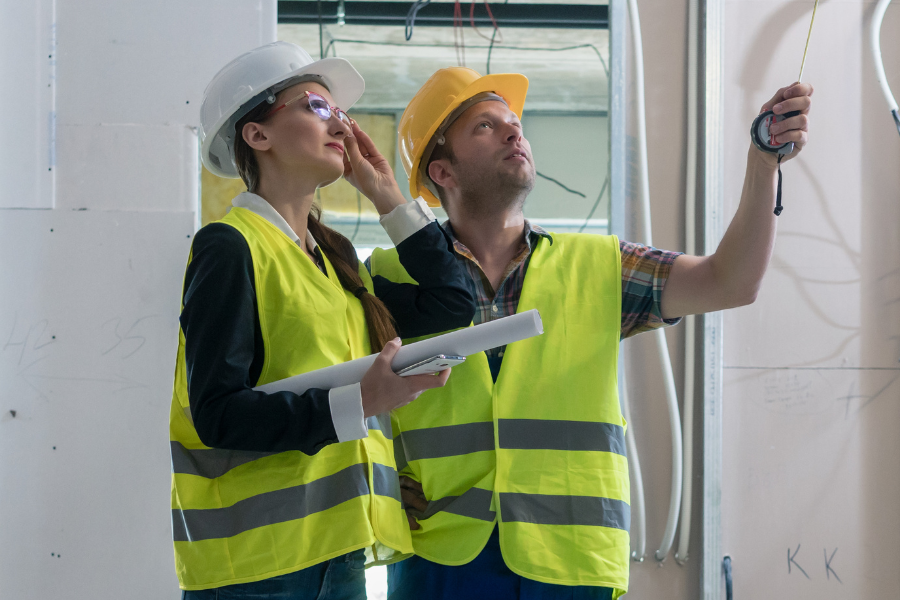What will Aotearoa look like in 30 years? What will we need in terms of infrastructure, and how will we achieve this? The national infrastructure strategy has been written to plan for a future that considers a growing, ageing and more ethnically diverse population, the impacts of climate change, higher density cities, and a technology revolution.
A key part of realising this strategy is the ability to implement it. This means having the budget, skills, processes and time to get it right. Along with a number of other enabling factors, the Infrastructure Strategy recognises the role played by planning and consenting.
“To deliver on affordable housing, a net-zero carbon emissions economy and other infrastructure objectives, the planning process needs to be strategic, coordinated, equal to the urgency of the challenge and enabling of the government’s obligation to deliver a broad range of infrastructure services.”
In essence, a clumsy and costly process for planning and consenting is a barrier to achieving the strategy. As we stand, the consent process in New Zealand is slower and more expensive than most developed nations and there are no signs of improvement. The time it takes to get consent has increased by 150% over a 5 year period and the cost of consenting has increased by 70% over a 7 year period.
On average, consent accounts for 5.5% of the total cost of infrastructure projects. The cost is also disproportionately large for smaller projects, costing up to 20% of the total for projects under $1m. New Zealand infrastructure developers are spending $1.29b annually to consent their projects
Furthermore, a siloed and segmented industry adds challenge to effective communication, with poor coordination between organisations also contributing to slow progress and therefore increased costs.
How do we improve this?
At a government level, the strategy highlights changes to the Resource Management Act as essential to changing the approach. “Reform is already underway and the replacement to the Resource Management Act (RMA) must perform the dual roles of protecting the environment and allowing for development.”
At an organisational level, the strategy highlights the role technology can play in improving the delivery of infrastructure. Technology has the power to improve communication and simplify the consenting process. “Artificial intelligence has the potential to streamline and speed up regulatory processes, improve decision-making and project selection, improve the prioritisation of maintenance and better integrate infrastructure across sectors.”
The construction industry is creaking at the seams, but with inefficient practices deeply entrenched, change is difficult to implement. However, not changing is not an option. As an industry there are exciting opportunities, and an improvement in the planning and consenting processes could provide huge productivity benefits for the industry and the country.
We are excited about what this could look like, and are actively investing in technology and innovation that will simplify and improve aspects of the consenting process. If you’d like to know more, check out prenguin.com – or get in touch with Matt Bishop (matt@prenguin.com).
NAVIGATING EXPECTATIONS: THE REALITY OF BIM FOR INTERIORS
The engineering details for interiors tends to be short, fast and with the potential for many clashes, resulting in a…
NAVIGATING CHANGE AND EMBRACING GROWTH: A CONVERSATION WITH IRINA CHERKASOVA
From the return to the office post-COVID to the impacts of governmental shifts on the industry, Irina provides candid…
HOW STRONG VALUES DRIVE CONFIDENT DECISION MAKING
Essentially, every decision made is crucial to our success, and yet we want our people to make these decisions…


